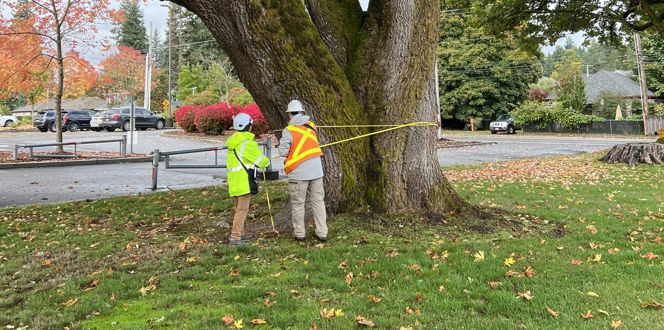Montgomery Township, New Jersey
Davey Resource Group conducted a desktop analysis of ecological features on property in Montgomery Township, NJ, to preliminarily determine its potential for solar development. This analysis included review of wetlands, hazards, riparian zones, species presence, and permitting requirements.
Project Narrative:
In summer 2019, Davey Resource Group (DRG) conducted a desktop analysis of onsite ecological features to preliminarily determine its potential for solar development. This desktop analysis included state and federal GIS and database reviews of mapped wetlands, NJDEP regulated flood hazard areas and riparian zones, identified potential NJDEP permitting requirements, and reviewed potential for state or federally-listed species habitats onsite. Species were identified through Landscape Project Mapping and US Fish and Wildlife Service (USFWS) Information for Planning and Consultation (IPaC) databases. Through this preliminary analysis, DRG determined that a portion of the site may have potential to support a solar array and accompanying features while avoiding or minimizing impacts to ecological resources.
Putting A Plan In Place
A wetland delineation was conducted on the property in June and July, flagging four areas of modified, emergent, forested, and scrub/shrub wetlands on the property. DRG prepared sample stations at four locations on site and inventoried existing wetland and upland plant species. Our scientists also evaluated the site for other significant ecological resources such as rare wildlife habitat. The flagged wetlands and sample station locations were surveyed by the client’s engineer as part of LOI plan preparation. Following plan preparation, DRG prepared the LOI application for the property to submit to NJDEP.
In September of 2019, DRG prepared a municipal EIS for submission to the Township. The EIS evaluated key resources onsite and potential impacts to those resources. Resources evaluated included air quality, surface and groundwater, geology, soils, vegetation, wildlife, open space and historic/archaeological features. DRG identified potential permitting requirements, determined that project impacts were likely to be minimal, and proposed measures to mitigate these minor impacts.





